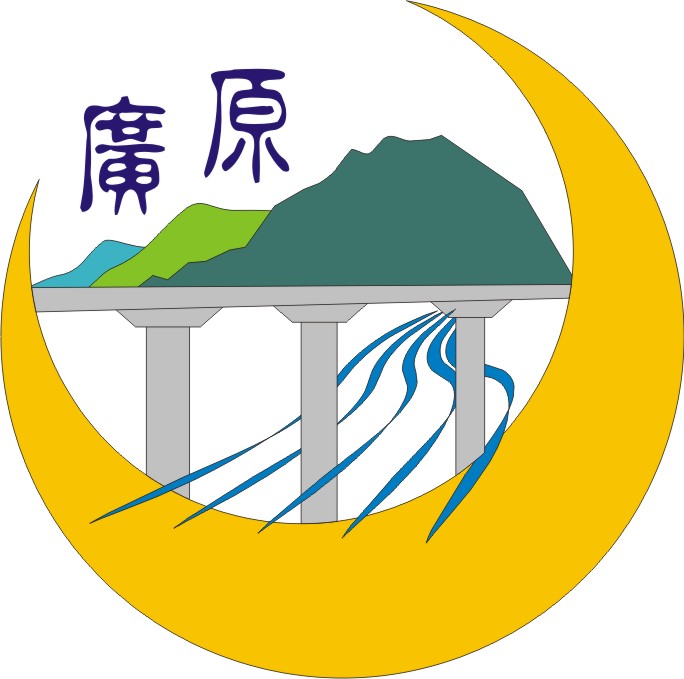introduction
The Guang-Yuan Primary School’s brief introduction
Guang-Yuan primary school was founded in 1937, during the time of the Japanese rule (1895-1945). It was called the Da-Pu Education Centre for Aboriginal Children, Guan Shan Township. The name was changed at the beginning of the Government of the Republic China in Taiwan into the Da-Pu Education Centre, Taidong County and then into the Guang-Yuan Primary School, Haiduan Township, Taidong County. In 1968 the name changed slightly from “guoming xuexiao” to “guoxiao”. The school district contains two tribes: the Long-Quan and the Da-Pu. They belong to the traditional living area of the Bunun ethnic group. In the 2017 school year there are altogether 78 pupils (43 in Primary and 35 in kindergarten). More than 90% of total pupils are aboriginals. The campus covers an area of 2.8 hectares. There are 60-year-old trees and green meadows in abundance. Our school is eco-friendly and integrated with nature. The campus is apparently divided into learning area and sport area.
The main curricula is created, while taking care of the following principles:
1. respecting the local nature, human environment and human harmony.
2. emphasizing the diversity of learning, pluralistic development and transmitting tribe customs from generation to generation.
In recent years, the school has urged pupils to compete in active learning, to develop their multiple abilities, and strive for social resources. It's curricula ideas and characteristics are as follows:
1. pupils are urged to take an interest in learning, and become inspired with multiple intelligences teaching techniques.
2. the subject matter of the curriculum is combined with the local Bunun cultural characteristics, in an up-to-date integrated course .
3. in the education to enter the high school, students are also encouraged with courses to develop multiple intelligences.
4. the school district wins outside experts to co-teach with locals.
5. take the initiative to participate in various competitions and performances outside the school.
6.the use of strategic alliances, with the nearby schools are combined to develop humanities and arts education.
By using and managing effectively relevant resources, the purpose of sustainable education is achieved permanently. Specialization for pupils is combined with local culture, so that the developed education characteristics are as follows:
1.sport team – to strengthen pupils’ health, there is a team for track and field and a team for archery.
2.artistic team – to educate pupils’ aesthetic sense, there are choruses and aboriginal painting teams.
3.scientific education team – to encourage pupils’ learning enthusiastically, there is a team for interesting science and a team for energy science.
4. ethnic courses’ team – to practice identifying oneself with his or her own ethic group, there are courses about Alianthus Prickly ash (Danna :the ethnic Bunun group).




